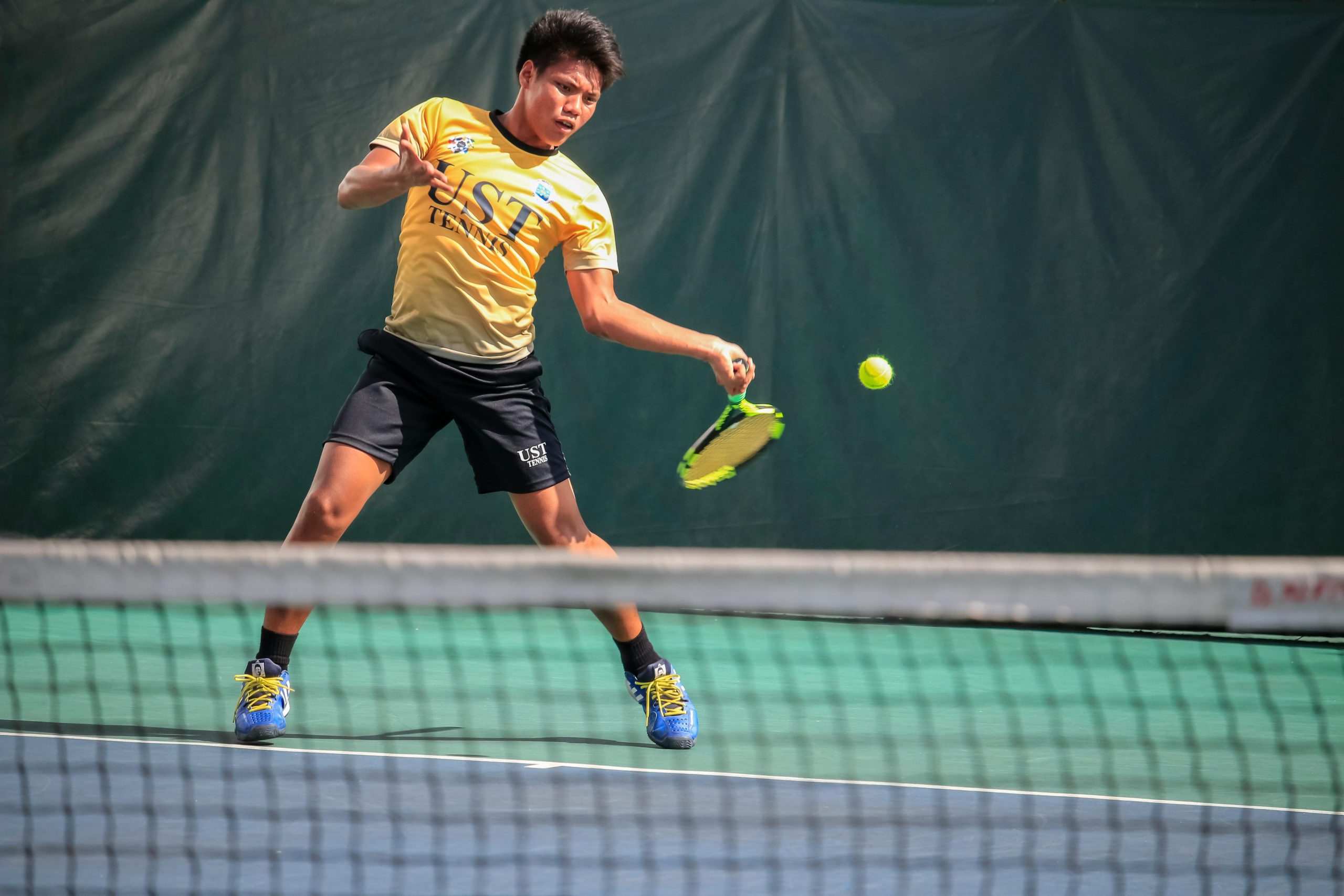What Are the Best Strategies for Preventing Heat Stroke in Tennis Players?

When the temperature soars and the sun shines fiercely, the tennis court can turn into a veritable hotbed, with players battling not only their opponents but also the relentless heat. The risk of succumbing to heat stroke and other heat-related illnesses rises sharply under such conditions. As a result, it becomes more critical than ever for tennis athletes to adopt effective strategies to protect their bodies against the adverse effects of heat and maintain their performance level.
As per research available on PubMed and other scholarly sources, there are several measures that can help prevent heat stroke in tennis players. This article will discuss some of these strategies, with insights from science, physiology, and sports medicine.
Avez-vous vu cela : How Can Sports Analytics Be Used to Predict Potential Injuries in Professional Dancers?
Understanding the Impact of Heat on the Body During Tennis Matches
Before we delve into the preventive strategies, it’s crucial to understand how heat affects the body, especially during strenuous physical activities like a tennis match.
During exercise, the body’s temperature rises due to the substantial amount of energy expenditure. To cool itself down, the body resorts to sweating. However, in hot conditions, this natural cooling mechanism may not suffice. The body’s core temperature may continue to rise, leading to heat exhaustion or, in severe cases, heat stroke.
Dans le meme genre : What Are the Latest Techniques for Reducing Drag in Open-Water Swimmers?
According to a study published in PubMed, heat stress can compromise an athlete’s performance by affecting their physiological functions and cognitive abilities. This is particularly true for tennis players, who need to maintain a high level of concentration and coordination throughout the match.
Hydration: A Key Preventive Measure
One of the most crucial steps to preventing heat stroke is to stay well-hydrated. Dehydration can worsen the body’s response to heat and further impair the players’ performance. Therefore, it is essential for athletes to frequently replenish their water and electrolyte levels during their training sessions and matches.
The American College of Sports Medicine advises athletes to drink about 500ml of fluid approximately 2 hours before exercise. This helps to ensure proper hydration before beginning the activity. During the match, players should aim to consume about 150-250ml of fluids every 15-20 minutes.
Furthermore, the fluids consumed should ideally contain electrolytes, especially sodium, to replace the ones lost in sweat and maintain the body’s electrolyte balance. This can be achieved by consuming sports drinks, coconut water, or other electrolyte-rich beverages.
Appropriate Clothing and Sunscreen
Another effective strategy for preventing heat stroke is wearing appropriate clothing. Light-coloured, loose-fitting, and breathable attire allows for better air circulation and heat dissipation. This helps to keep the body cool and prevent excessive heat build-up.
Additionally, a good-quality, broad-spectrum sunscreen should be applied on all exposed parts of the body to protect the skin from harmful ultraviolet rays. This is especially important for tennis players, who are often exposed to the sun for several hours during a match or training session.
Pre-cooling Techniques
Pre-cooling is an effective method to reduce the body’s core temperature before exercising in the heat. There are several pre-cooling techniques that athletes can use, such as consuming cold beverages, wearing cooling vests, or taking cold showers before the match.
One study published in the Journal of Sports Sciences found that pre-cooling can improve the performance of athletes exercising in hot conditions by reducing their core temperature and delaying the onset of fatigue.
Adequate Recovery
Last but certainly not least, adequate recovery is essential to prevent heat stroke. The body needs time to cool down and replenish its energy stores after a strenuous activity like a tennis match. Thus, athletes should ensure they have sufficient recovery periods between their training sessions and matches.
Furthermore, athletes should invest in quality sleep as it aids in recovery and prepares the body for the next day’s activity. A study published in the Journal of Science and Medicine in Sport found that lack of sleep can impair an athlete’s performance and increase their susceptibility to heat-related illnesses.
Recognizing Symptoms and Immediate Actions
In the face of rising heat levels during tennis matches, players should make it a priority to recognize the early symptoms of heat-related illnesses. These can include fatigue, dizziness, headache, rapid heartbeat, and profuse sweating, among others. Notably, as per an article on PubMed, when a player starts feeling weak or dizzy and stops sweating despite the heat, it could be an indication of a progressing heat illness, potentially even heat stroke.
Quick and appropriate action is critical when these symptoms are observed. If a player experiences any of these symptoms, they should immediately stop playing, seek shade, and hydrate. If the symptoms persist, medical help should be sought without delay. According to a Sports Med article, immediate cooling measures such as applying ice packs, immersing the individual in a cold bath, or using cooling blankets can be beneficial in bringing down the body’s core temperature.
Apart from this, training in similar conditions to those expected on match day can help the body acclimatize to the heat. The body’s hormonal system adjusts to repeated exposure to heat, enhancing its ability to cope with thermal strain. This repeated exposure, as supported by a study in Appl Physiol, leads to a process called heat acclimatization, which can significantly reduce the risk of heat illnesses.
Education and Awareness
Education plays a vital role in preventing heat stroke and other heat-related illnesses among tennis players. This goes beyond just the athletes themselves. Coaches, team staff, and even spectators need to be aware of the risks and the measures to prevent heat stroke.
OpenUrlCrossRefPubMedWeb Science research shows that knowledge about the threats of heat, the importance of keeping the body’s core temperature under control, and the need for hydration and recovery can help prevent heat-related illnesses in tennis players. Awareness about the signs of heat exhaustion or heat stroke can allow for early detection and intervention, which could be lifesaving.
In conclusion, it’s clear that tennis players can take several measures to prevent heat stroke and other heat-related illnesses: hydrating adequately, wearing appropriate clothing, using sunscreen, utilising pre-cooling techniques, ensuring adequate recovery, recognizing symptoms and taking immediate action, and spreading education and awareness. By applying these strategies, players can ensure their safety and maintain their performance level even under high heat conditions. These measures, backed by scientific research available on platforms like Google Scholar and PubMed Google, are not merely suggestions but necessities in the face of global warming and rising temperatures. Remember, prevention is always better than cure, especially when it comes to heat stroke during tennis matches.
